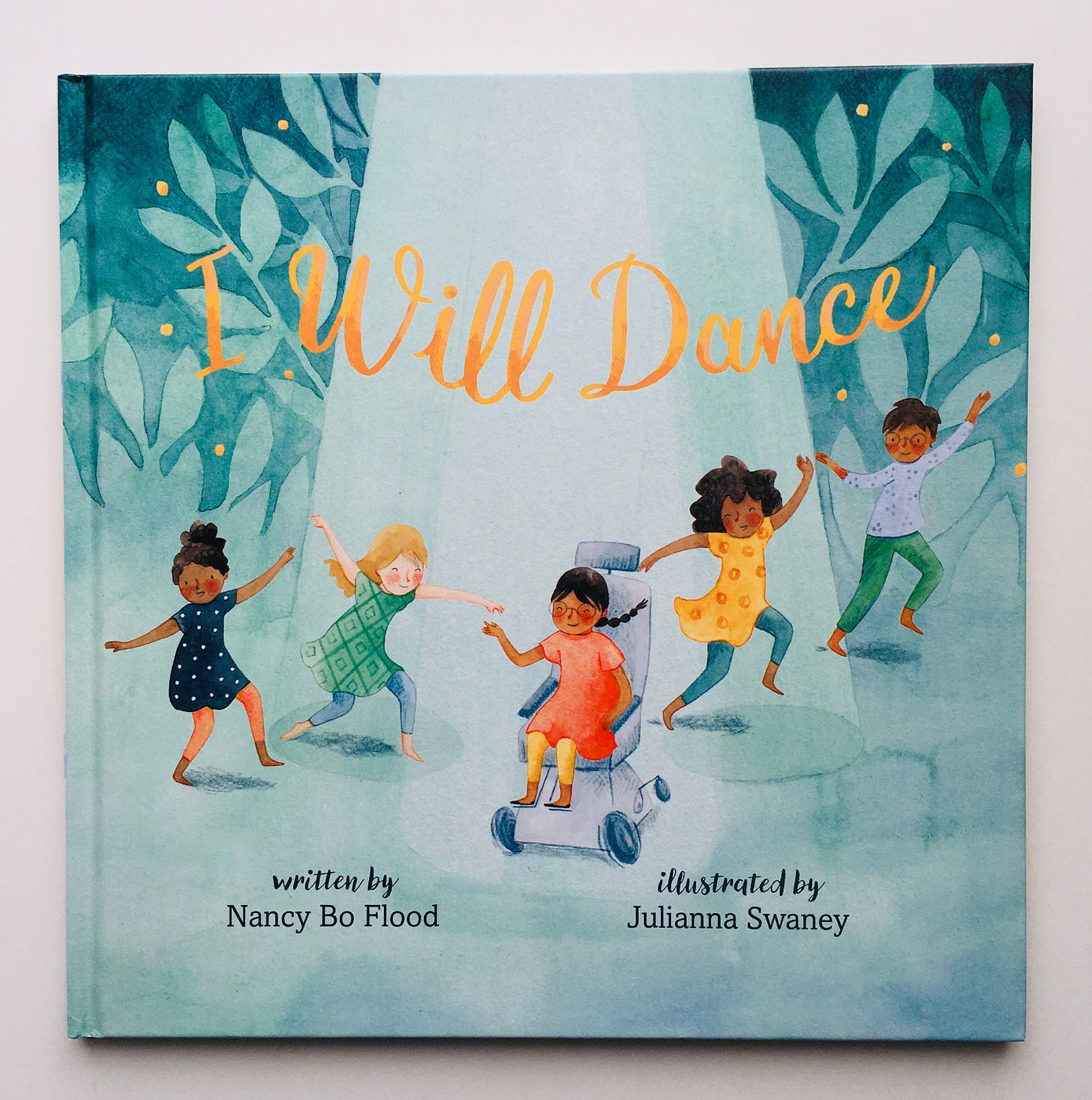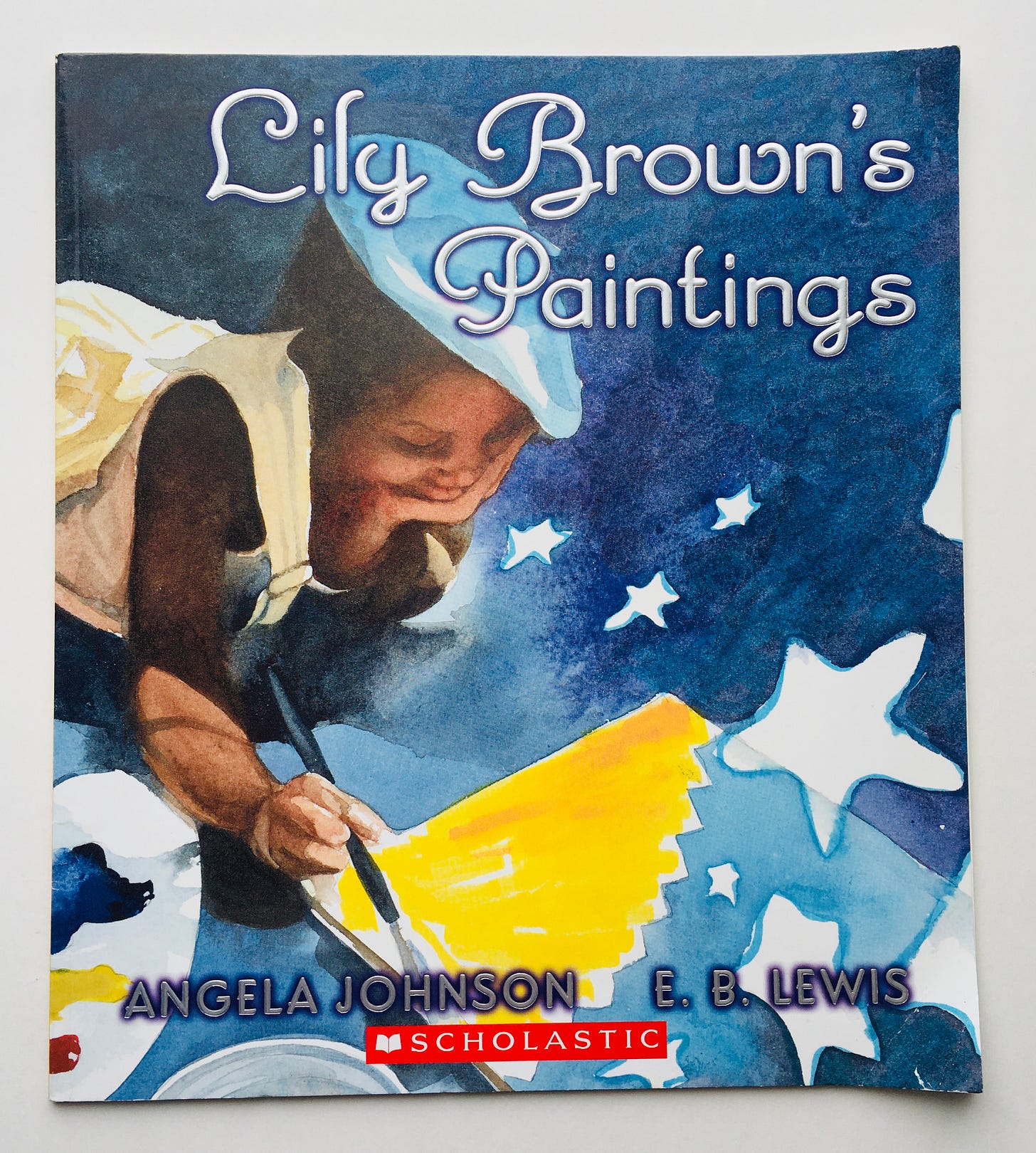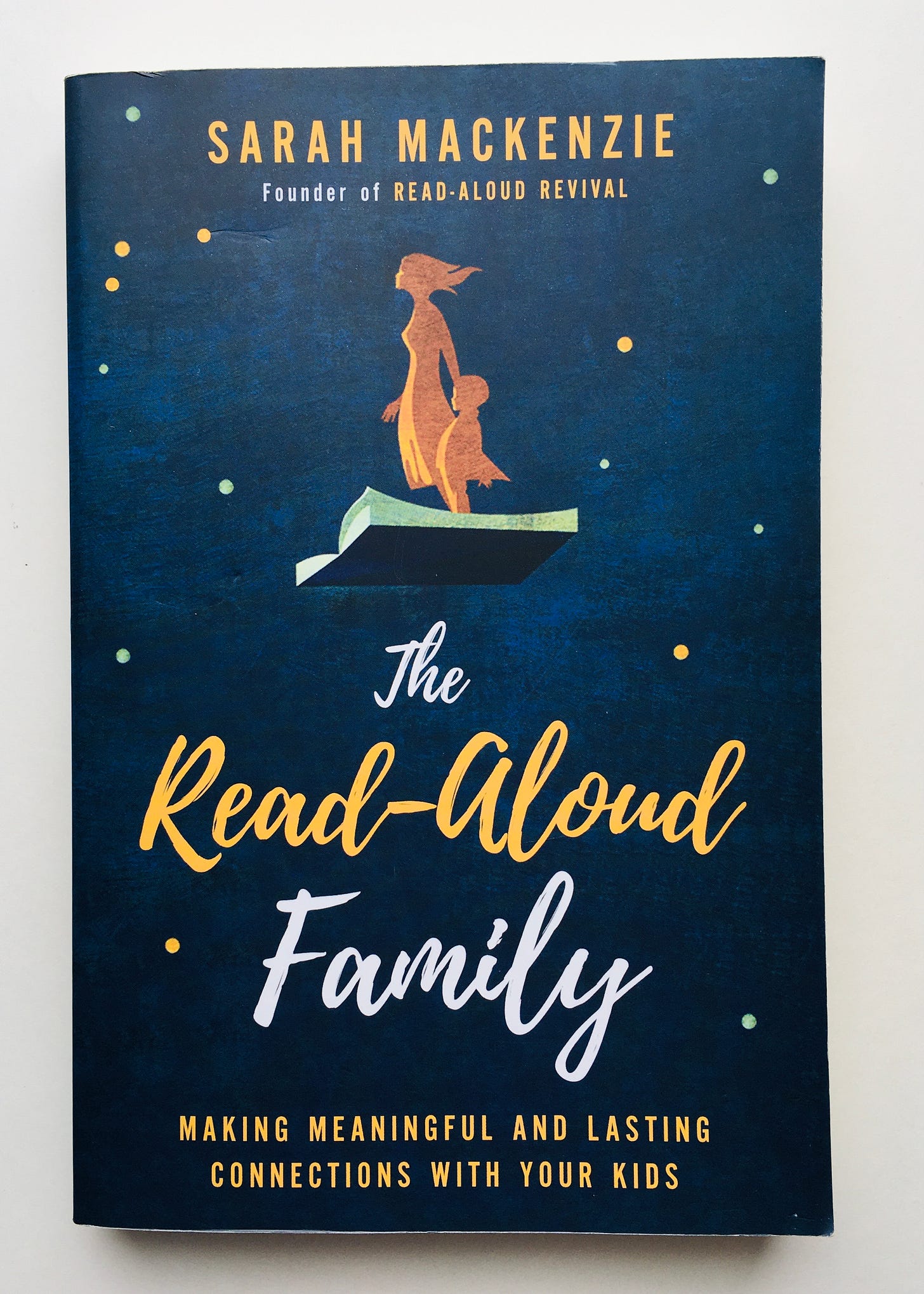Good morning! Here it is, Tuesday, the week before Easter. (If you missed it, here is my special edition on Easter from a few weeks ago.) I do not have myself together at all this year (myself seems to be on a sort of hiatus, doing who knows what but certainly not attending to regular things in any kind of functional manner), so we’re not doing an egg hunt. My mom and grandma will come this weekend to dye eggs — we’ve been doing that since I was tiny and I’m not about to stop now, even if I forgot the dang holiday entirely — but otherwise all is normal (or, normal for still-living-in-this-pandemic). Nevertheless the wheel turns — my human feelings have zero impact on anything at all, the continued realization of which always puts me back into right-sized thinking, a reminder of my holy humility (that I am not always happy to receive, if I’m being honest, but it grounds me and I often need that). The babiest greens are pushing through the snow melt-softened earth; there are buds on most of the trees. I’m keeping an eye out for the soft surprise of new spruce tips. It’s blustery as all get out here, which is equal parts annoying and refreshing and means one thing: spring is blowing in.
Thank you for giving me your time and attention and inbox space, as always.
Sending you this fresh bright magic✨ wherever you are today, from me to you.
Molly Who Flew Away by Valeri Gorbachev (2009)
When I reviewed another title of his in issue No. 30, I mentioned that Valeri Gorbachev has flown under the radar (well, at least he has flown under my radar) and it’s too bad: his books are likable — even adorable — and charming, with bright, cheery illustrations and stories that seem to delight everyone from toddlers to early elementary. Molly Who Flew Away is without a doubt the best of the Gorbachev we’ve read — one of those titles that my kids keep wanting to come back to long after I assumed they’d lost interest. This is the story of a little mouse who goes to the local fair with her friends — each of whom she loves for their special individual strengths — and, being the kind soul she is, wants to find a present for them. She struggles to find one that satisfies her — she considers and discards many options — until she lands on a bunch of colorful balloons. She immediately buys them, but since she is just a little mouse, she gets, well, carried away. It looks like the end for Molly until her friends come running to save her and they are united — literally and figuratively — in friendship and mutual admiration. Like many of his other titles, Gorbachev’s messages here are about all about generosity, understanding, and the myriad ways in which we take care of one another. It’s a simple yet gratifying read.
I Will Dance by Nancy Bo Flood, illustrated by Julianna Swaney (2020)
“On my birthday, can’t blow out the candles — not enough strength. But I have one wish: a pink tutu. I want to dance.” So begins this lovely story of an unnamed wheelchair-bound girl who can only move her head, arms, and fingers, and who wonders how it feels to move like other kids. She is clear that she doesn’t want to pretend — she says, “I want to move. I want to feel the music, sway, swing, fly over and under. Together. Not alone.” Her mother promises her they will find a way, and it is as if the Universe hears, because a way appears: an audition in the newspaper invites people of all ages and abilities to try out to dance. The girl’s feelings are so relatable, whether you live with a disability or not: she’s not sure she’s ready, she’s worried about what others will think. But she wants to try, and — I love this — she does. In the studio she finds all kinds of people — “all dancers, with canes and crutches, walkers and wheels, bare feet, slippers, or callouses — dancers. Not imagine, not pretend.” They dance together, learning how to be, how to move as themselves and as one, all the way through performance night, where the girl — not alone — dances. Based on the Young Dance Company (and a real performer in that group), this story is as strong as it is beautiful — Flood has crafted a narrative that handles a tender topic with zero sorrow, just straight grace, supported completely by Swaney’s evocative watercolors and graphite, which give the sense at all times of dancers in motion. There is much to talk about here — about bodies, about abilities, about hopes and dreams — and my children and I have had those conversations, and I’m glad. I Will Dance is worth talking about.
Lily Brown’s Paintings by Angela Johnson (2007)
“When Lily Brown paints, her world starts to change.” She loves her family and their world and yet she can’t help creating one of her own: dancing around her bedroom that looks suspiciously like Van Gogh’s in Arles, walking past the trees (that are wearing hats and drinking tea) as they bow down to her on her way to school, blowing winds from across the ocean that tell stories she has never heard on a beach that looks more than a little like Gauguin’s in Martinique. “It’s another world,” one in which “all the universe is one big splash,” and the reader is lucky to be invited inside it, here where “Lily paints all that she sees and feels her own way.” Johnson’s story is as well-executed as ever (I’m a big fan; I reviewed her title Do Like Kyla in my special edition on winter, and will feature another of hers next week in my special edition on spring), but what I especially like is the how empowered Lily is by her own creativity: she imagines a whole world, brimming with magic, and then inhabits it fully before returning to the familiarity and comfort of her family. Isn’t that the transformative power of art? To take us somewhere else, to make us someone else, even for a moment? I see this in my 6yo, head down at her desk, deep in the glorious mess of making and I wish for her that she holds on to that ability forever. It’s a journey worth taking.
Therapeutic Storytelling: 101 Healing Stories for Children Susan Perrow (2012)
Like everything else in my life I have always approached any problems in parenting and/or raising my children first through books: reading for myself, yes (tons), but also reading for my kids. Starting swimming lessons? We read about it. Potty training? We read about it. Going through something difficult, whatever random thing it might be? We read about it. I’m sure this is effective in part because it works for me — reading is how I learn and process and cope — but given the success of this approach over the years, I believe it also genuinely works for my children. Susan Perrow’s entire career focuses on storytelling to this end — her work centers around stories written specifically to help address challenging behaviors and/or traumatic situations. This book in particular is a result of the many years of that work — a topical compendium of stories written by folks who have been taught or otherwise influenced by Perrow. And lest you think you need to have a traumatic situation to address (we did not up until recently, which I will tell you about in a special edition on loss, death, and grief coming out in May), here are a few examples of topics from Therapeutic Storytelling: stories for anger/aggression/hitting/scratching/biting, stories for anxiety/insecurity/fearfulness, stories for fussiness/complaining, stories for lack of confidence/resilience. If you are dealing with some of life’s harder things there are also sections that address illness and death; separation, divorce, and blended families; even sexual abuse. (She offers a number of free stories on her website, including a couple that speak to the pandemic, if you’d like a glimpse of what they are like.) Some of Perrow’s titles are strictly stories; others, like this one, go a step further and explain a bit about how to come up with or write healing stories of your own.* You don’t ever have to do that to benefit from this collection, though — not every story is written to perfection but every story does contain a nugget of comfort and inspiration for children, whether your goal is to offer reassurance and change behavior or simply to tell a good tale.
But: do these work? In my experience, yes. Without violating my children’s privacy I will simply say that whatever we have struggled with over the years, these stories have helped. They’re not magic bullets, but do they make a difference, and I am glad therapeutic stories — as a concept and in this book — exist.
*If you like this one, I also highly recommend her other book, Healing Stories for Challenging Behaviour — it’s her best, in my opinion, and goes in depth on this topic
The Read-Aloud Family: Making Meaningful and Lasting Connections with Your Kids by Sarah McKenzie (2018)
Have you heard of Read-Aloud Revival? It’s an umbrella for all things Sarah Mackenzie — her podcast, her booklists (which are a wonderful starting point if you’re looking to build your library), her paid community — that I have been enjoying and learning from for years. So when Mackenzie came out with a book in 2018, I bought it immediately, even though I knew it was published by Zondervan, even though I knew somewhere in it Mackenzie was going to talk about her religious beliefs (she is a Christian and while it doesn’t come up often in her content, it is there), and I don’t regret it.
If Jim Trelease’s iconical Read-Aloud Handbook (I reviewed the eight edition, written by Cyndi Georgis, in issue No. 12) made a compelling, research- and data-based argument for the importance of reading aloud, Mackenzie takes the case even further, right into your living room, not only inspiring you to create a culture of reading aloud in your home but offering practical, actionable tips for how to do so. Even after consuming all the information I can find on this topic, even after following Mackenzie for years, I still learned things from this book: my favorite section is the second, which focuses hard on the “how-to” part of connecting with our kids through books, including her “ten questions,” which you can use to strike up both intentional and organic conversations and can be adapted for any age (side note: these questions work). The final four chapters are thoughtfully selected, robust booklists with tons of selections for birth to teenage-hood. If you’re knee-deep (or neck-deep, like me) in children’s literature few of these titles will be new to you, but if you’re not, this is an excellent getting-started book in every sense (and would make an amazing baby shower gift, with a note assuring the new parent that they will, someday, be able to read again).
I don’t know about you but the number one thing I hope to do with my one life is make meaningful and lasting connection with my kids — this book has truly helped me do this. Highly recommend.
That’s all for today, good people. Have a good one!









So grateful you write words and share. I would read your thoughts on any topic, and I am so glad I get the chance too. And yes to all that bluster of the wind!